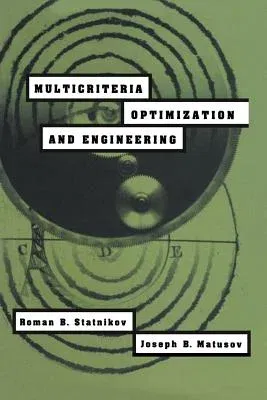R B Statnikov
(Author)Multicriteria Optimization and Engineering (Softcover Reprint of the Original 1st 1995)Paperback - Softcover Reprint of the Original 1st 1995, 27 September 2012

Qty
1
Turbo
Ships in 2 - 3 days
In Stock
Free Delivery
Cash on Delivery
15 Days
Free Returns
Secure Checkout
Print Length
236 pages
Language
English
Publisher
Springer
Date Published
27 Sep 2012
ISBN-10
1461358698
ISBN-13
9781461358695
Description
Product Details
Authors:
Book Edition:
Softcover Reprint of the Original 1st 1995
Book Format:
Paperback
Country of Origin:
NL
Date Published:
27 September 2012
Dimensions:
22.86 x
15.24 x
1.37 cm
ISBN-10:
1461358698
ISBN-13:
9781461358695
Language:
English
Location:
New York, NY
Pages:
236
Publisher:
Weight:
344.73 gm

